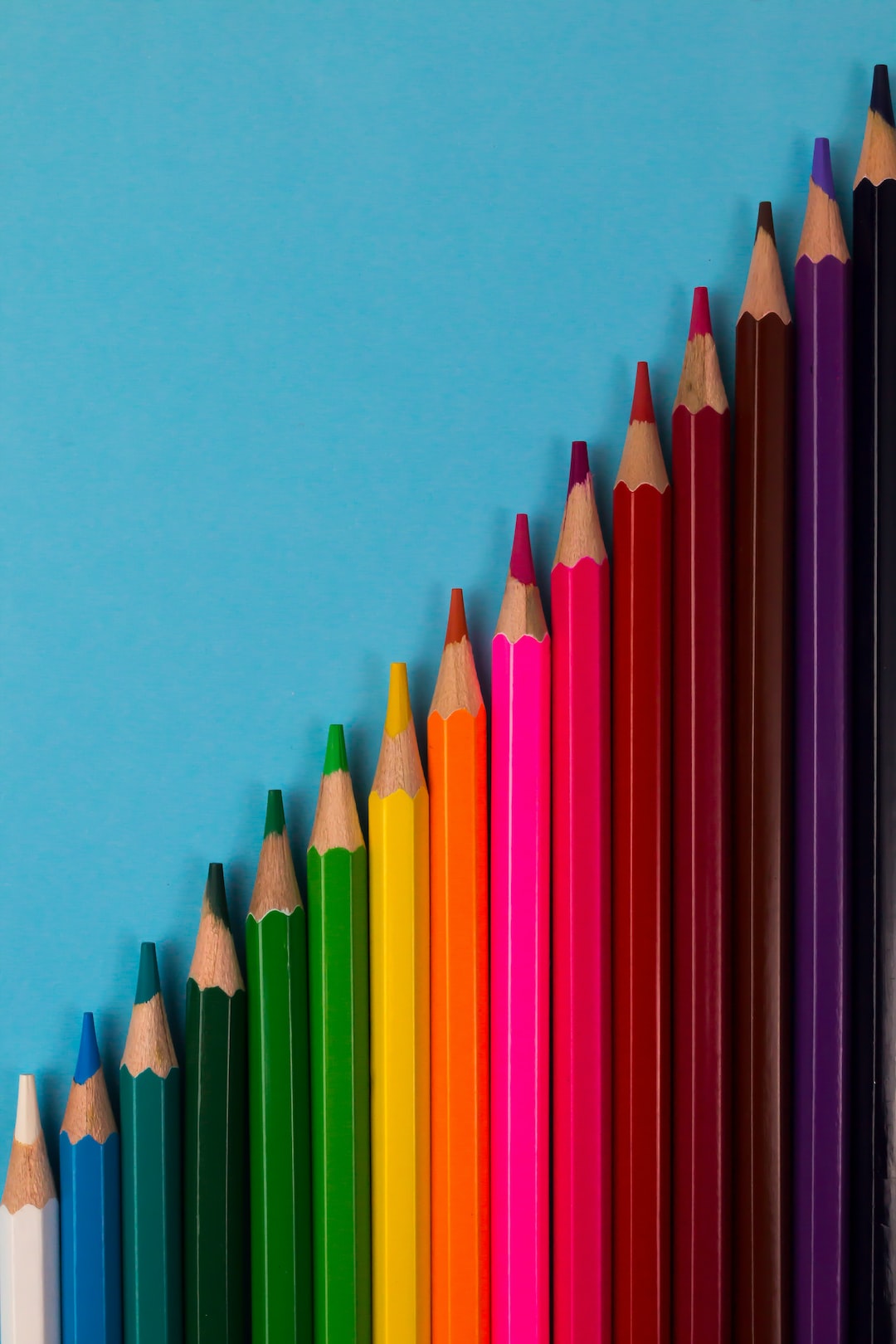Why Physical Education is Essential for Students
Physical education is often misunderstood and overlooked in today’s educational system. Many schools prioritize academic subjects and tend to disregard the importance of physical education. However, incorporating physical education into the curriculum is crucial for the overall development and well-being of students. In this blog post, we will discuss the reasons why physical education is essential for students.
First and foremost, physical education promotes a healthy lifestyle and teaches students the importance of regular exercise. In an era where sedentary activities such as video games and social media dominate young people’s lives, physical education provides an opportunity for students to engage in physical activity and develop healthy habits. Through various sports and fitness activities, students learn the value of staying active, which can lead to a reduced risk of chronic diseases like obesity and diabetes later in life.
Moreover, physical education helps students in maintaining mental health and managing stress. Engaging in physical activity releases endorphins, also known as the “feel-good” hormones, which boost mood and alleviate stress. Many students today experience high levels of stress due to academic pressure and extracurricular commitments. Physical education provides an outlet for students to relieve stress and enhance their overall well-being.
Furthermore, physical education fosters social interactions and teamwork among students. While academic subjects primarily focus on individual achievements, physical education emphasizes teamwork, cooperation, and communication. By participating in team sports or group activities, students learn how to work together, respect one another, and develop effective communication skills. These essential life skills acquired through physical education are equally important for success outside the classroom, whether it be in the workplace or in personal relationships.
In addition to promoting physical and mental well-being, physical education also enhances cognitive abilities and academic performance. Several studies have shown that regular physical activity improves concentration, memory, and problem-solving skills among students. Engaging in physical education stimulates blood flow to the brain, increasing oxygen supply and enhancing brain function. Consequently, students who participate in regular physical activity often exhibit better academic performance and higher cognitive abilities.
Another crucial aspect of physical education is the development of motor skills and coordination. Physical activities such as running, jumping, throwing, and catching help in refining fundamental motor skills and coordination in children. These skills are not only important for physical fitness but also for various day-to-day activities. A well-developed motor skill set also enhances self-confidence and self-esteem in children.
Moreover, physical education instills discipline, perseverance, and resilience in students. Regular exercise requires dedication and commitment, teaching students the value of perseverance and determination. Additionally, physical education often involves overcoming challenges and pushing oneself beyond limits. Through these experiences, students develop resilience and learn to embrace failures as opportunities for growth.
Lastly, physical education lays the foundation for a lifelong love of sports and physical activity. By exposing students to various sports and fitness activities, physical education helps in discovering their interests and talents. Many students develop a passion for sports and physical fitness through their experiences in physical education classes, which can be carried forward into adulthood, leading to a healthier and happier lifestyle.
In conclusion, physical education is essential for students’ holistic development. It promotes a healthy lifestyle, improves mental well-being, fosters social interactions, enhances cognitive abilities, and develops crucial life skills. By incorporating physical education into the curriculum, schools not only contribute to students’ overall well-being but also prepare them for success in all facets of life. It is high time that we recognize and prioritize the importance of physical education for the betterment of our students and society as a whole.

